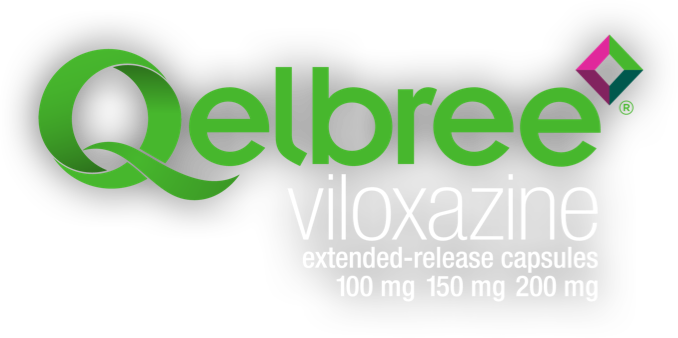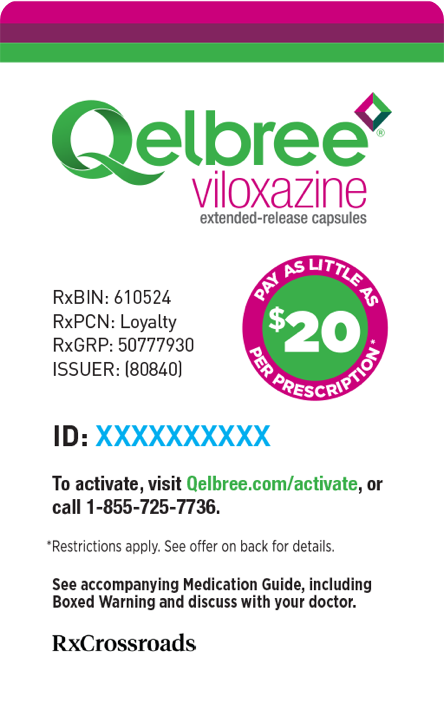
Starting Qelbree
Learn what to expect when starting non-stimulant Qelbree and why it may be the right treatment option for your child.
Qelbree is made to fit your family’s routine, whatever that looks like for you
For example:
- Once-a-day dosing. Qelbree is a once-a-day non-stimulant medication for ADHD
- Can be taken any time of day. If your child misses their regularly scheduled dose, they don’t have to skip the day. They can take it as soon as they’re able
- Full-day coverage. With a combination of rapid and extended release, Qelbree provides reliable medication coverage throughout the day
- Convenient refills. As a non-stim ADHD med, Qelbree can be refilled without needing a new prescription each month
- Can be taken with or without food. The Qelbree capsule can be swallowed whole or entire contents sprinkled on applesauce or pudding.* Do not cut, crush, or chew the capsules
*Once added to the applesauce, Qelbree should be all consumed, without chewing, within two hours. Once added to pudding, Qelbree should be all consumed, without chewing, within 15 minutes. Do not store for future use.
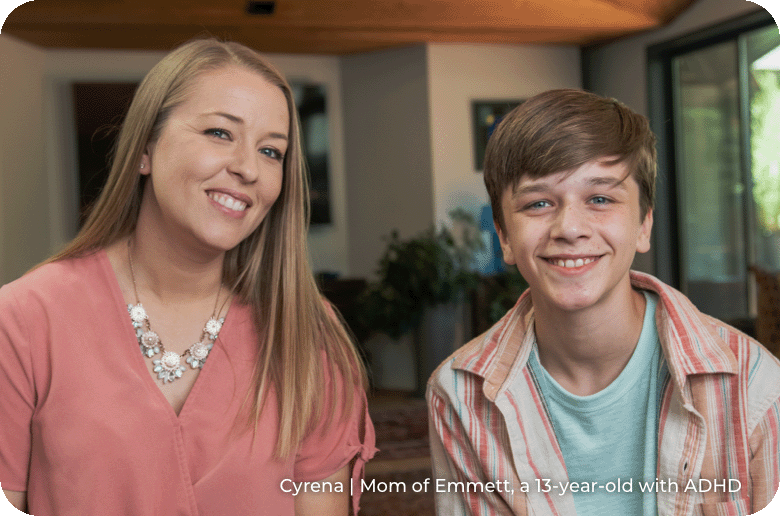
“He only has to take it once a day. He doesn’t have to worry about taking a dose at school”
Children and teens build up to the right dose in as soon as 1-3 weeks
Because Qelbree is a non-stimulant, its dosing options may look different from other ADHD medications.
Ages 6-11
yrs
Ages 12-17
yrs
Ages 18+
yrs
Recommended starting dose
100 mg
once
a day
200 mg
once
a day
200 mg
once
a day
Recommended maximum dose
400 mg
once a day
600 mg once a day
Typical titration period
1-3 weeks
1 week
1-2 weeks
Your doctor will typically start your child on a lower dose and increase it gradually over the first 1-3 weeks until they reach the dose that’s right for them, adjusting as needed. This could be anywhere from 100 mg to 400 mg for children and teens. This process is called titration.
Dosing is a journey. Stick with it!
Like many ADHD medications, reaching your child’s best daily dose of Qelbree may be a transition. Make sure they stick with their treatment, and check in with your child and their doctor about their progress.
If your child is still struggling with symptoms, or starts experiencing side effects, let their doctor know. Sometimes, even small adjustments to their treatment dose can make a big difference.
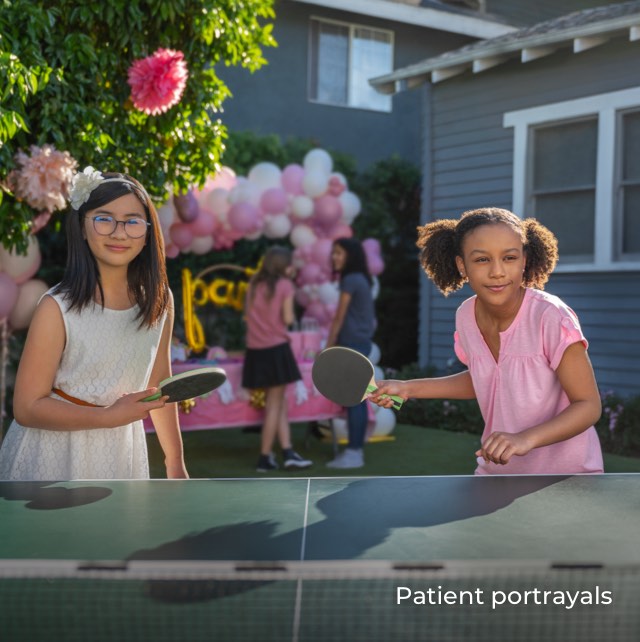
When to expect results
As a non-stimulant medication, Qelbree is designed to build gradually in the body. We call this having a “gradual onset.” This means it could take a few weeks for your child’s medication to feel fully effective.
Qelbree is proven to work in medical studies that were conducted over 6 or 8 weeks—showing significant reduction in ADHD symptom scores in 4 medical studies of more than 1400 people. Qelbree met the goal in the pediatric medical studies—a significant reduction in ADHD symptom scores in 6 or 8 weeks. Qelbree reduced ADHD symptom scores as early as week 1 for some children.
This gradual onset builds a steady foundation of coverage—side-stepping the peaks and crashes commonly experienced with most stimulant medications.
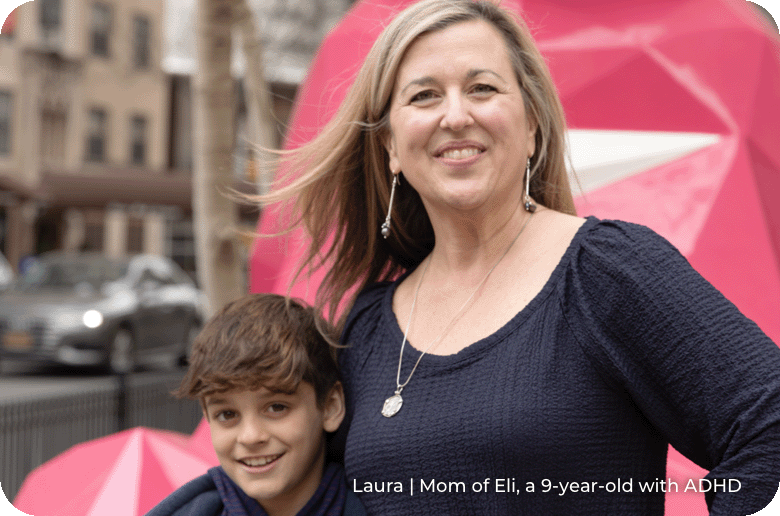
“We noticed improvement with Eli on his medicine”
People with ADHD are switching to Qelbree
Children, teens, and adults who were prescribed Qelbree came from:
49%
switched to Qelbree from a controlled substance or stimulant medication
51%
switched to Qelbree from other non-stim ADHD meds

Before you head to the pharmacy
Download the Qelbree Savings Card. It’ll help your pharmacist confirm your insurance coverage and avoid unwanted substitutions. That way, refills are smoother going forward. Plus, you could pay as little as $20 per prescription.†
†Terms and Conditions apply.
Staying on track
It can be hard for those with ADHD to stay on top of their medication. Still, it's important that your child takes their medication as prescribed, to make sure they’re getting the best results with Qelbree.
A few tips:
Keep talking to their doctor. Be open and honest about your child’s treatment progress.
Connect with the community. See stories from real parents and their children
Find savings and support resources. See what Qelbree offers
Join Qelbree Insider. Get helpful updates and information sent right to your inbox
Set a once-daily treatment reminder or help your child set one. That’s one less thing to remember, and one less decision to make.
Try storing their medication in the same place. It’s hard to take their medication when they can’t find their medication.
Consider buying a pill organizer. It’ll help avoid the, “Wait, did I take my meds today?”
Aim for progress, not perfection. Perfectionism can be a hurdle for people of all ages with ADHD. Be patient with your child and yourself as you adjust to the routine.
Join Qelbree Insider
Get helpful updates, treatment information, and personalized tips for supporting your child with ADHD sent right to your inbox.
